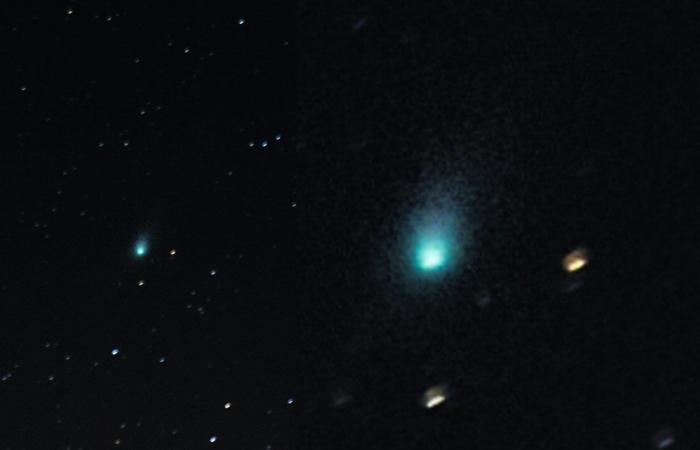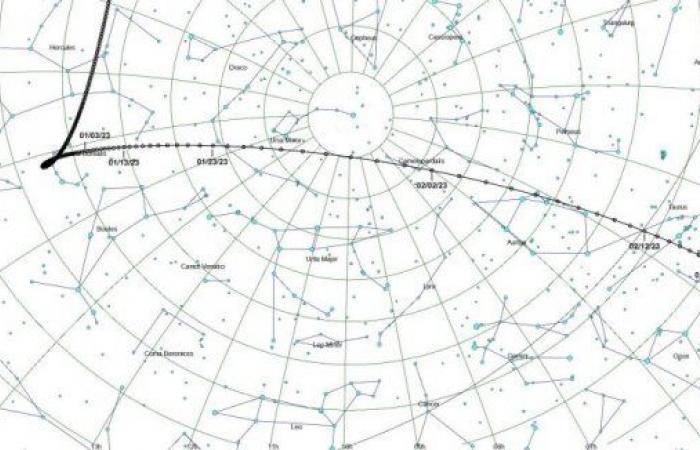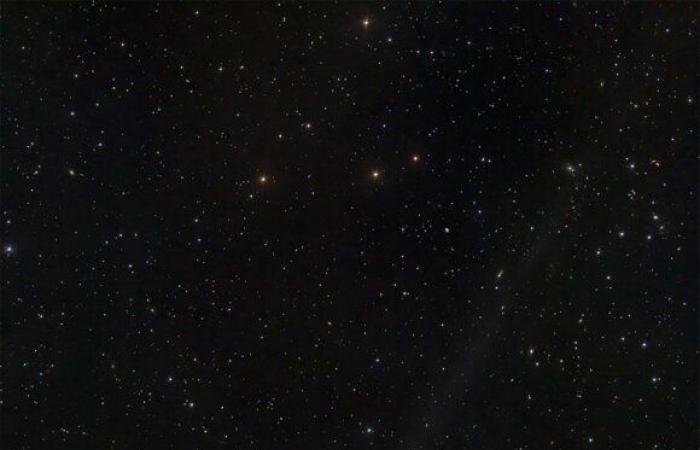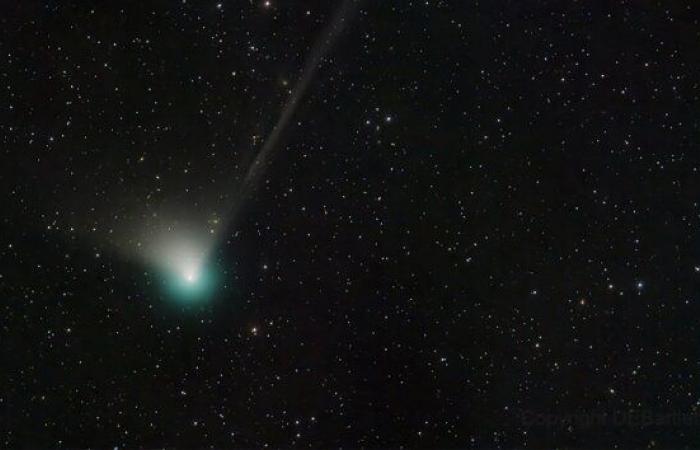“I have been following the news of this comet for a long time, I see many works of foreign photographers, but I really wanted to capture it myself here in Lithuania. On Sunday evening, after seeing that the sky near Trakai had cleared, I set off to comet photo hunting. After capturing a few shots at the constellations of the Wheels of Grīžul, I noticed that a faint object with a fuzzy tail is visible. Unfortunately, the clouds soon covered the sky and the photo hunt had to be stopped,” Ričardas said.
Richard used a Sony A7III camera with a Sigma 24-70mm f 2.8 lens to capture the shot of the comet. Frame parameters – 10 second exposure, f 2.8, ISO1600, 70 mm focal length.
A view of the night sky. R. Andriuška’s photo.
“Sky Chasers LT” member Ričardas Andriuška has been involved in photography since 2015, but for the past three years he has mainly been focusing on night photography and capturing various objects in the sky – the Milky Way, the Moon, the Northern Lights, fog, lightning illuminating the sky at night, etc.
You can get acquainted with Richard’s works in the photo gallery.
What is the mysterious comet C/2022 E3 (ZTF, Zwicky Transient Facility)?
Comet C/2022 E3 (ZTF) was discovered last March 2 by astronomers Bryce Bolin and Frank Masci at the Zwicky Transient Facility Observatory in California, hence the acronym ZTF.
This green comet is believed to have come from the outskirts of the Solar System, known as the Oort Cloud, an unexplored, mysterious part of the Solar System that contains more than a trillion objects made of ice and rock. Scientists say that the green color of comets is given by the dicarbon molecule – two carbon atoms combined into one compound.
It is estimated that the comet will pass closest to the Earth on February 1 and will be “barely” 0.28 AU away from our planet, that is, about 42 million. km away.
The comet will be best seen when it passes the North Star (Polaris) on the night between January 31st and February 1st.
The celestial path of Comet C/2022 E3 (ZTF). Illustration by Don Machholz/EarthSky.org.
At that time, it will be closest to Earth and should be visible to the naked eye. Of course, you will also need the right weather conditions – a clear sky and a more remote location, away from sources of light pollution.
A comet that has made a loop around the Sun will leave the inner Solar System. It is estimated that the duration of this comet’s orbit is 50,000 years. So, the next time it will pass by the Earth will be around 52023. So if the weather conditions are right, don’t miss the chance to see it.
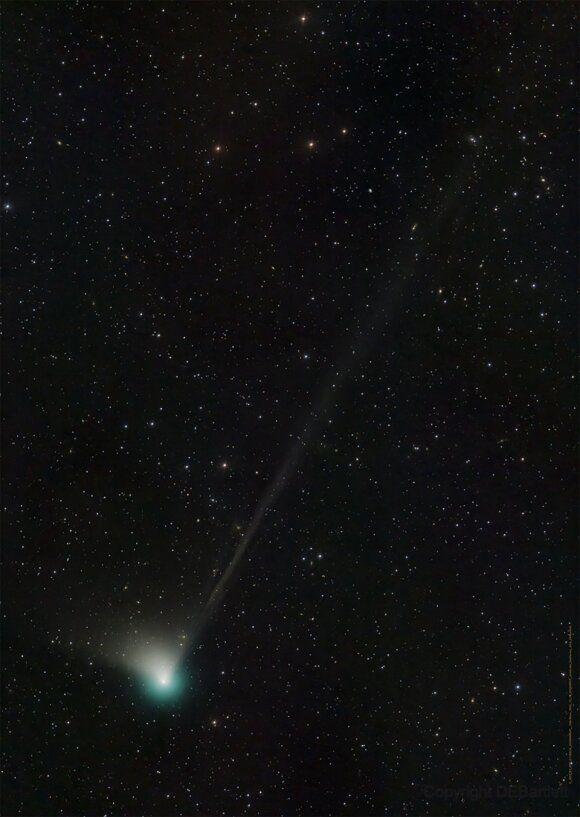
Comet C/2022 E3 made its closest approach to Earth after 50,000 years. AFP/NASA/Dan Bartlett photo.
If you want to take a picture of it, you will need a camera and tripod, long exposure settings. The comet can also be seen with binoculars, and if the vision is excellent – with the naked eye.
On the nights of January 25-31, the comet can be observed near the Little Wheel constellation, on February 1, the comet will be visible at the North Star (Polaris) and will travel towards the Giraffe constellation.
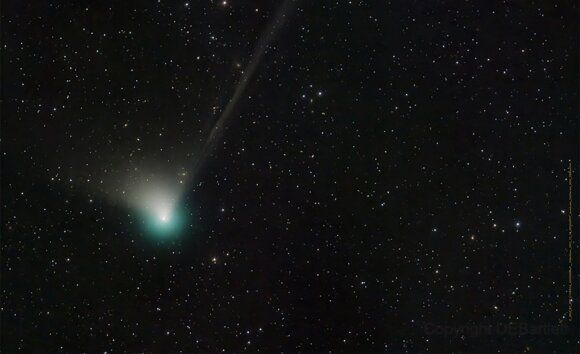
Comet C/2022 E3 made its closest approach to Earth after 50,000 years. AFP/NASA/Dan Bartlett photo.
It is strictly forbidden to use the information published by DELFI on other websites, media or elsewhere or to distribute our material in any form without consent, and if consent is obtained, it is necessary to credit DELFI as the source.
Tags: comet visible Lithuania catch Vilnius resident green light night sky
-
